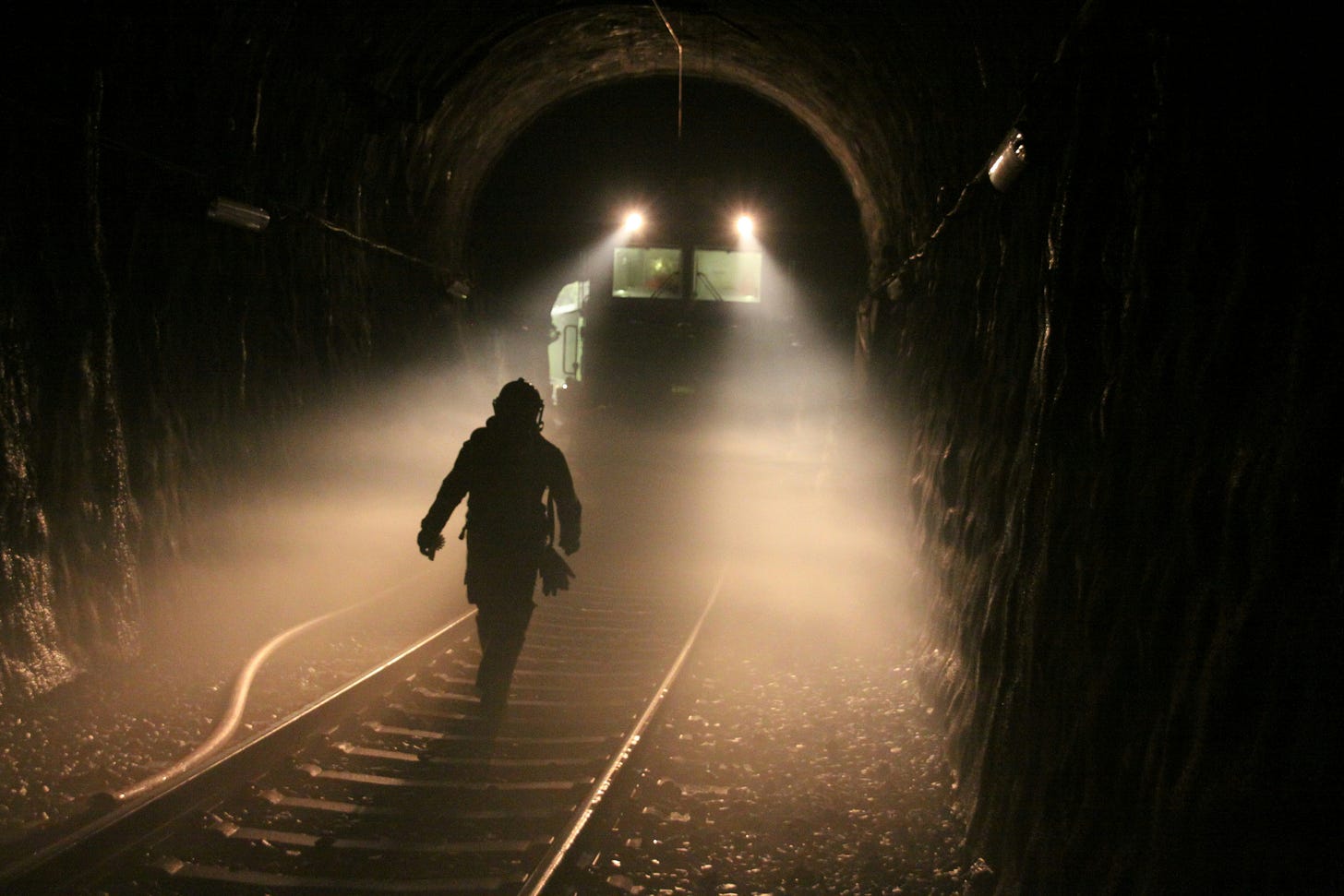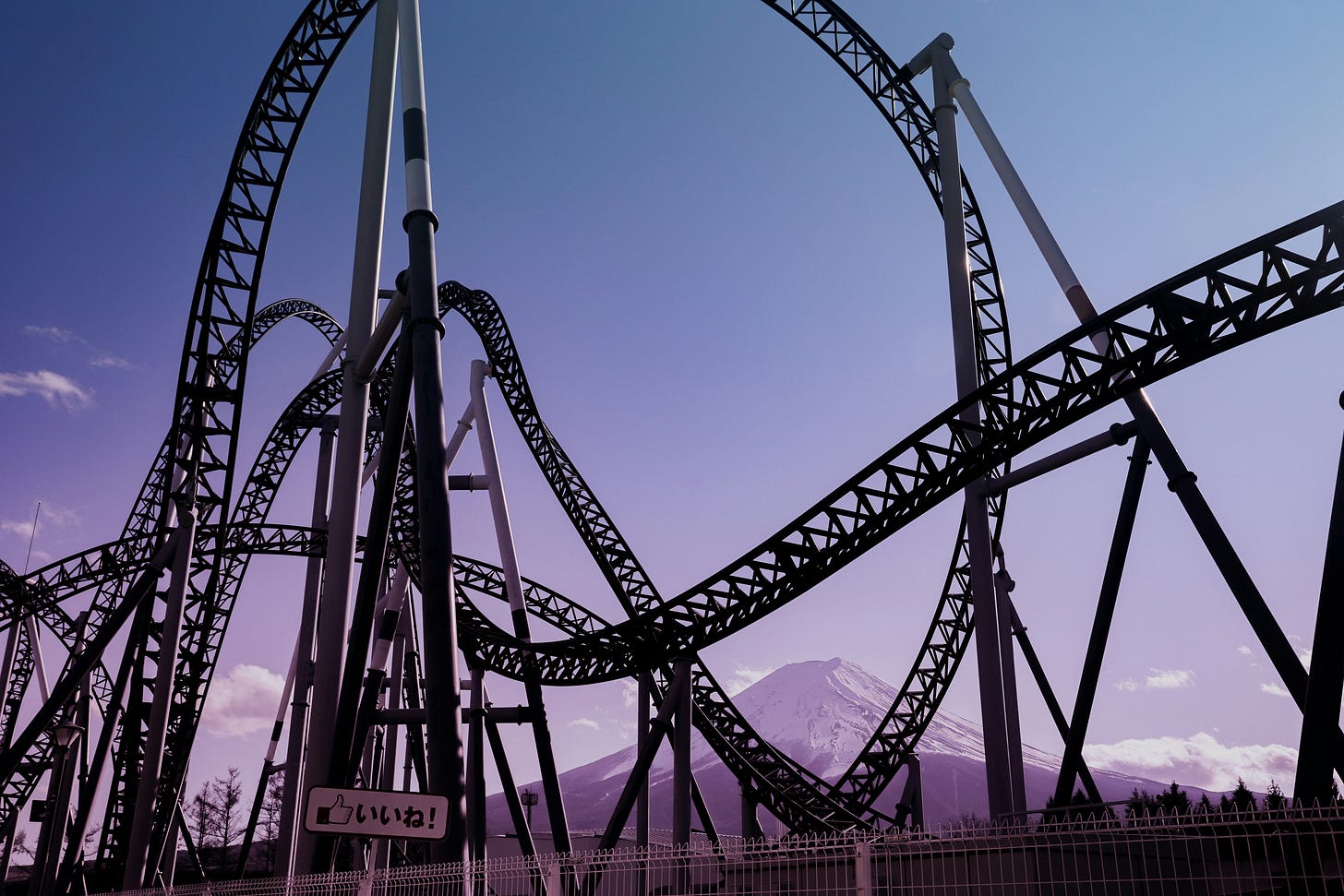Gracefully surviving and navigating trauma
Surviving a tragedy and acquiring living strategies in the process
Trigger Warning: Death, Tragedy
Disclaimer: All content and information included in this post are for informational purposes only. The information presented here is not a substitute for any kind of professional advise and you should not rely solely on this information.

I was lying on the floor of the university laboratory and staring blankly at the ceiling. I was hearing voices all around me but I just stayed there and did nothing. I did not know how I got home. There was no doubt that I drove myself because I had my car in the driveway, but I had no recollection of it. When I got home, I was alone. I shouted all of my anger as loud as I could.
That was almost ten years ago.
Early that morning, I got a call from my mother telling me that my brother-in-law was shot and killed right in front of our home. In the background, I heard the cries of my sister and the commotion of the entire household as they were trying to figure out what happened.
They were in the Philippines. I was in the United States.
To complicate things further, I was supposed to present my doctoral dissertation proposal to my panel the following day. My life’s work. The topic that I have been studying for years. The paper that I have been writing for almost a year and the presentation I had been preparing for at least five months… have all instantly taken a backseat because suddenly, life and tragedy have just pushed me off a cliff. I did not know how I would manage to land when I finally stop falling, without shattering and losing myself in the process.

Fight, Flight, or Freeze
Human beings’ response to sources of stress (or a stressor) can be characterized in three ways: fight, flight, or freeze (Nagoski, 2019). A stressor refers to whatever is causing us the stress response. In my example above, I have more than one stressors: family tragedy, pending dissertation proposal, pressures from deadlines, and the uncertainties from the collision of all of those together.

Flight. There are instances in our lives when running away from our stressors makes the most sense for our survival.
Freeze. There are times when survival is achieved by numbing ourselves so we can avoid feeling all of the emotions preventing ourselves, and those depending on us, from crashing down.

Fight. There are times when our survival rests on our courage to face our stressor and fight for ourselves until our last breath.
I went numb
In the weeks and months that followed, I went through the motions as if I was not feeling anything. Focus on the prize, I kept on telling myself. If I did not, I knew I would collapse and break apart into a million different pieces. I could not do that. I could not break into pieces when I was still gathering the broken pieces of my entire family and carrying them one by one over my shoulders as I climbed the insurmountable and treacherous climb called doctoral dissertation.
That was almost ten years ago. Now, here I am. I survived. It turns out, freezing or numbing ourselves could also be a good survival tactic.
However, it would not be entirely true if I end my story there. It would be a lie to say that numbing myself was the only reason I survived that difficult time.
Completing the stress cycle: What and How
I am currently revisiting the book entitled “Burnout: the secret to unlocking the stress cycle”, authored by Emily Nagoski, PhD with contributions from their twin sibling, Amelia Nagoski, DMA which I read in 2020.
In their book, Emily and Amelia (2019), talked about the importance of completing the stress cycle. According to them, we need to learn to differentiate between the stressor (what causes the stress) and our resulting response (fight, flight, freeze), as well as the stress that it results to (physiological effects of the stressor).
Stressors can both be external (predators, difficult coworkers, threats of violence) and internal (negative self-talk, our own fears, perceptions of lack of control).
Stress, on the other hand, manifests itself in a form of a physiological response, such as: shortness of breath, racing heartbeat, increased high-blood pressure, and down to the level of our neurobiology, which is indicated by the release of epinephrine, cortisol, and norepinephrine (the stress hormones).
The book’s thesis stresses the importance of executing an active physical response to the physical effects of stress to our body. The authors explained that doing so is similar to the act of speaking the same language so the stimuli can understand the message of our response. In other words, when stress results to physiological effects in our body, we cannot just intellectualize the process of addressing it. Instead, we also need to have a corresponding physical and physiological response. Doing so will help us complete the stress cycle, thereby providing us the necessary reset on a regular basis, so we do not keep on heating up until we reach our boiling point or the point of no return.
Some of the suggestions from the book are:
exercise or any physical activity (must do)
In addition to that, if you are unable to engage in a physical activity right away, the following are the backup in your toolkit. Remember, though, that these are just interim solutions and you are encouraged to engage in physical exercises sooner rather than later.
breathing exercises (boxed breathing, body scans)
interacting meaningfully with other people (do not lock yourself up in your room)
laughter (the hearty kind)
physical touch and affection (with loved ones or our pets)
crying out loud (the kind when you feel relief after)
connecting with a higher being or a purpose bigger than ourselves (they called this spirituality)
engaging in a creative expression (arts, dance, writing, others)
In hindsight…
I am now able to reflect on things that I engaged in to prevent myself from entering the final stages of burnout, albeit I did it without consciously choosing them for that very purpose:
I took early morning walks. I took mindful walks at slow to moderate speeds early in the morning for at least 30 to 60 minutes to mark the start of my day.
I took quick 10-minute walks multiple times a day. During the day, whenever I started to feel my heart racing, I stopped what I was doing and took mini-walks outside. On most days, those were walks within the campus and were sometimes just a roundtrip from the lab to the student center to grab myself a drink. On some days, it was a couple of circles around the building before I returned to focus on my dissertation writing again.
I prayed a lot. As a scientist, I am not particularly a prayerful and religious person but I found myself yielding and surrendering control to some higher power or higher being. Some call it God or gods, some call it nature, some call it… life. I still do not consider myself as a religious person even now, but I can also admit to the fact that I am now more cognizant of the reality that, I am really not in control of anything in my life. I now know that I only have this illusion of control but anything or anyone can be taken away from me at a moment’s or even with zero notice.
I cried my heart out. In the middle of the night, when I was trying to get some sleep but I had to be there to comfort my sister in her grief while I was also dealing with mine, I allowed myself a big cry… tons of big cries.
I wrote poetry. I was already writing something at that time, my dissertation, but I needed a creative outlet so I wrote poetry in private. This is why this Substack is called
because my writing can be considered “episodes” or markers for the most difficult periods of this lifetime. The frequency of my creative writing and my writing productivity probably have direct correlations with the turbulence of my own emotions.
I read the book in 2020, around six years after that fateful year, but as I compared the list that the authors have compiled as good tactics on how to complete the stress cycle, I am starting to realize that those were the reasons why I was able to get through it all.
I am not trying to downplay the difficulty of the process. It was harder than any words could ever describe and I would not wish any of it even to my most disliked person in the world. However, with this “completion of stress cycle” perspective, I am now able to think through what happened using a framework. Although stress was present for a long time, by enacting these multiple tactics, I was able to complete the stress cycles on a regular basis, which then helped prevent me from ending up at a point of burnout.

Despite the roller coaster of emotions, which literally felt like riding the scariest roller coaster of all, the tactics I was using enabled me to get off the scary roller coaster at the end of each day, each hour, each moment and had the chance to complete each cycle. I thrived, gained resilience and better perspectives, because I was able to remove the blockade that prevented me from completing my stress cycles. The end result is an empowered, self-assured, and mindful resilience that not only gives grace to myself but to other people as well.
Reference:
Nagoski, E. (2019). Burnout : the secret to unlocking the stress cycle. New York:Ballantine Books.







This incredibly written Jen. I cried as if I was feeling your pains. Thank you kindly for sharing with us💕 My stress response use to be flight. I have learned to stop running from my pain, trauma’s and past. I started meditating, writing, baking and crocheting. Remembering it’s alright to feel all my emotions and to have compassion for myself.
🙏🏻🥰